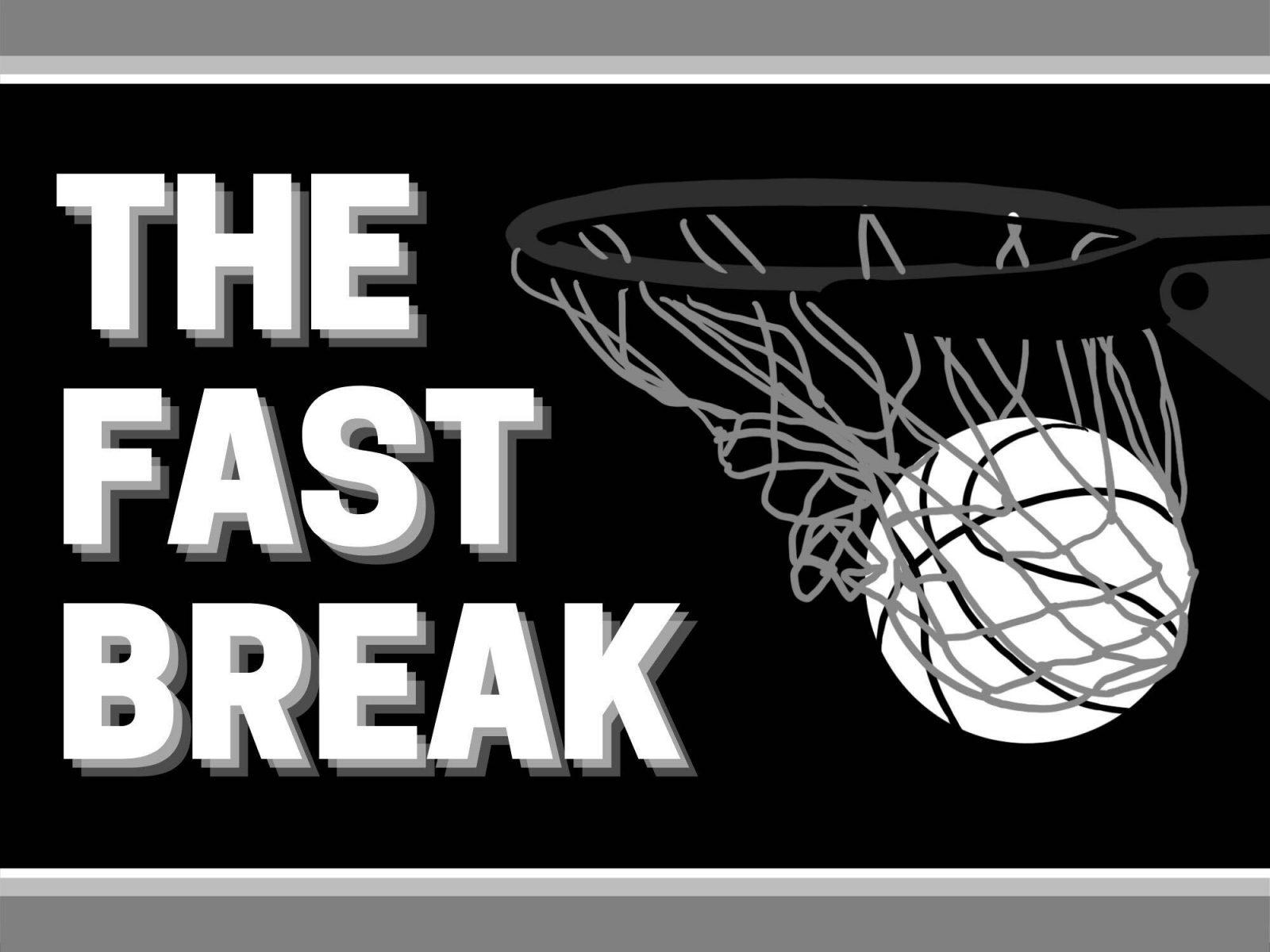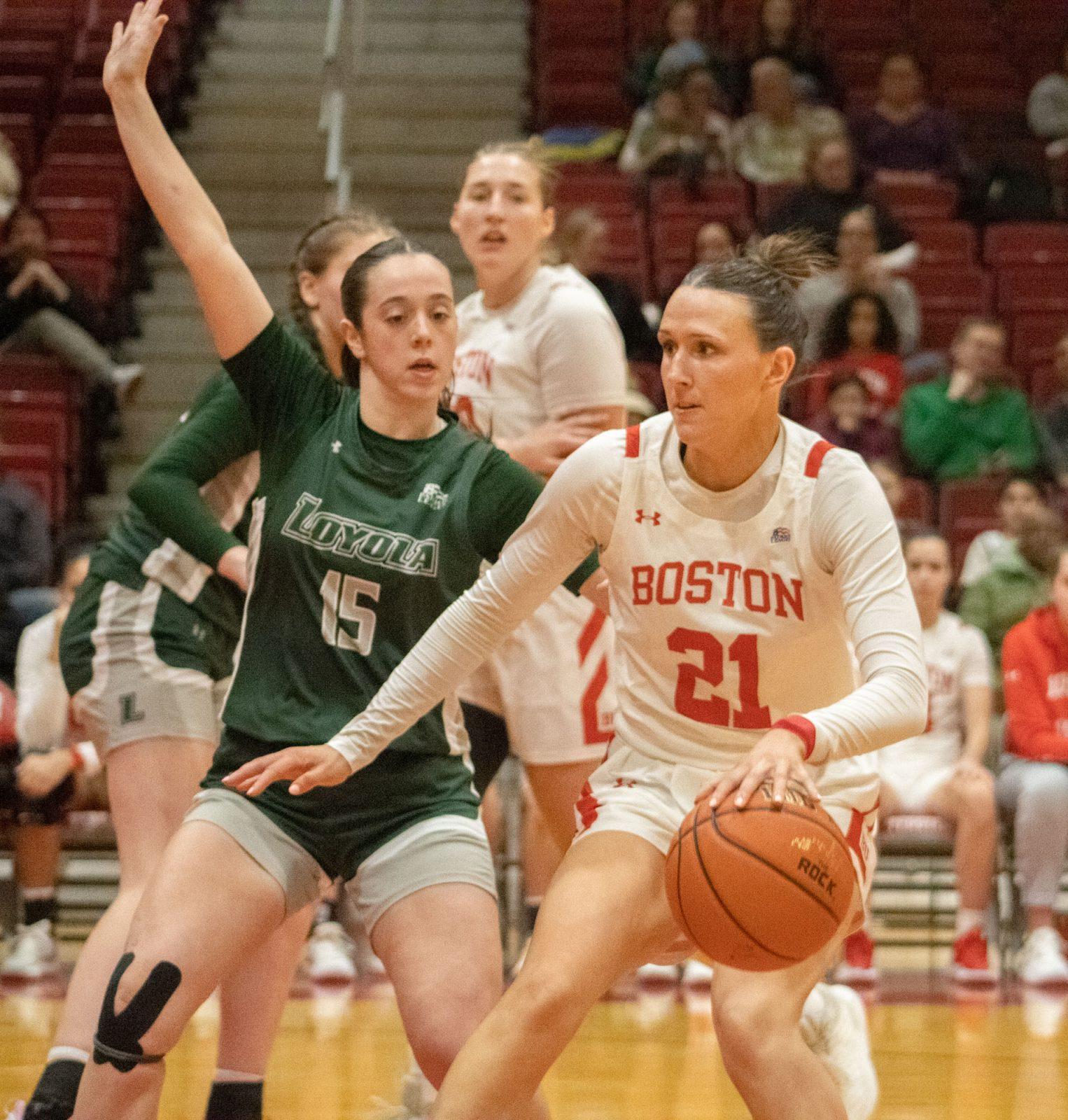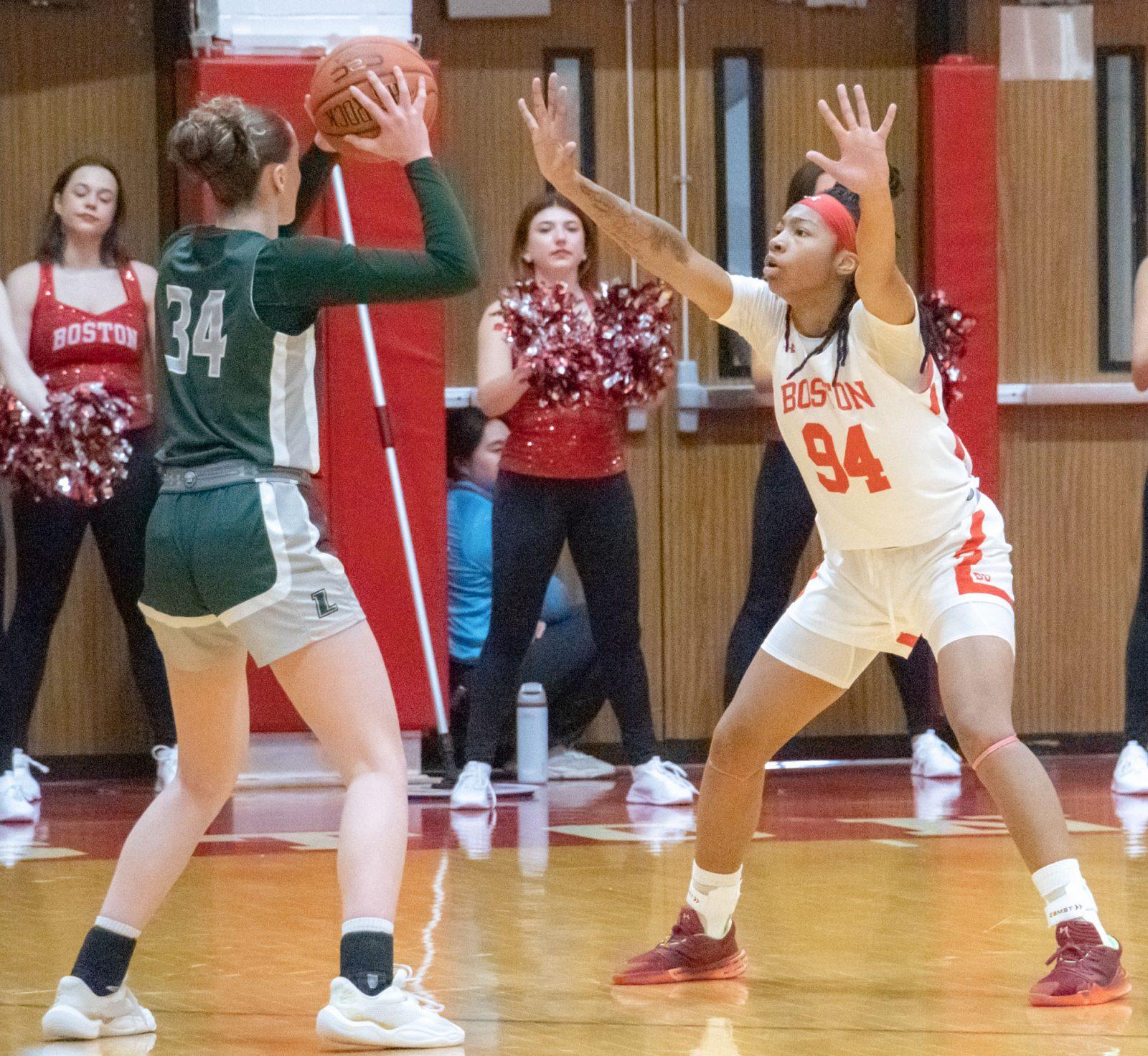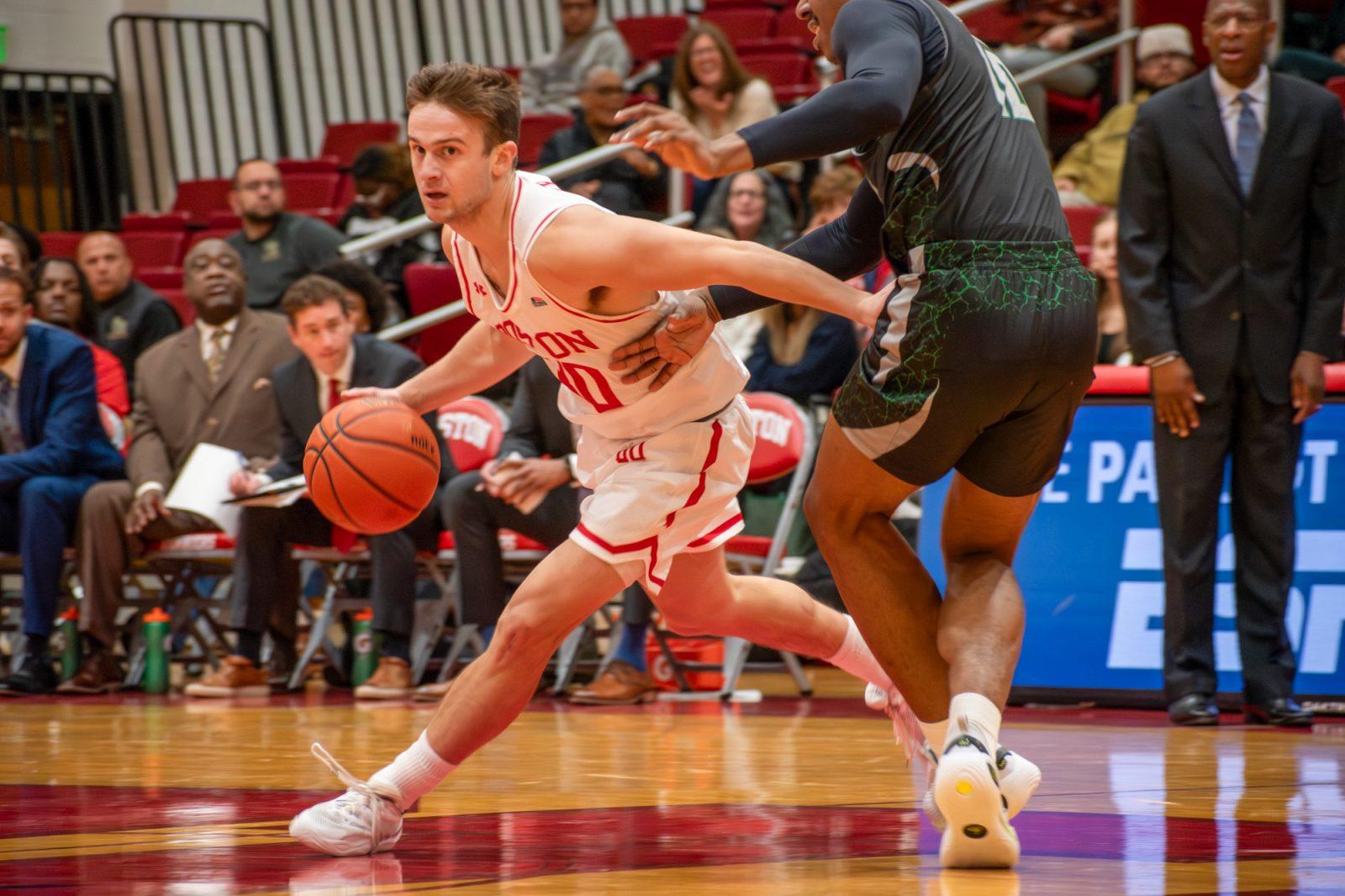Seeing athletes get injured is one of the worst times for a sports fan. Whether it be the NBA or any other sports league across the globe, injuries to players never bode well for the success of the game or the entertainment for spectators. Unfortunately, NBA fans have had to see injuries more often this season because the NBA has become money first, rather than player first.
This story starts with the extreme success of the 2020 NBA Bubble, which saw qualified teams complete the 2020 season at the Walt Disney World resort in Lake Buena Vista, Florida. This setup was well-received by fans because of the COVID-19 protocols and adequate rest for players.
Still, because the NBA is a business that lost 10% of its revenue due to the pandemic and grappled with a shortened season in 2020, commissioner Adam Silver had to create a different plan in an effort to make that money back in 2021.
The league opted for each team to play 72 games in 2020-2021 — only 10 fewer than a typical season — in a tight five-month window. Unfortunately, because COVID-19 is still just as relevant as it was a year ago, the league has seen 31 games postponed due to health and safety protocols.
This means there are 31 games that need to be played at a later date. Because the NBA chose to make the season so short, rescheduled games have forced teams to play anywhere from three to four games per week. This intense game frequency will have caused fatigue, and, as you might have guessed, injuries throughout the season.
Despite the NBA’s reports of a lower injury rate this season, the injury report — headlined by names such as Kevin Durant, James Harden and Anthony Davis — is quickly growing, and players have noticed as well.
Players have lost stretches of games over the course of the season due to many small, wear- and-tear injuries, but the worst part is the number of season-ending injuries. Young stars Jamal Murray and James Wiseman of the Denver Nuggets and Golden State Warriors, respectively, headline a list of players who have been ruled out for the remainder of the season.
For Murray and Wiseman, though, these were non-contact injuries that occurred on the second night of back-to-back games — signifying that potential fatigue may be a reason for their injuries.
In the hopes of preventing those injuries, many teams have opted to rest players on the second night of back-to-backs. However, when teams do this, fans miss out on seeing their favorite player in the game and fewer people tune in, hurting the overall revenue of the league. The NBA has since introduced fines for teams that provide this much-needed rest for players, but this tactic has yet to prove successful. So, how can the NBA solve the problem?
Well for starters, the abolition of back-to-back games is a must. I don’t mind if this means stretching the season out as long as players are getting off-days between matches. I also believe the season should simply be shorter.
While it would certainly mess with the history books, 82 games in a typical season is just too many, and if back-to-backs will continue to be the norm, decreasing the number of games down to 65 or 70 could go a long way.
If these changes were made, I would be more open to the idea of fining teams for resting non-injured players. Yes, fewer games mean less revenue, but think of how much more revenue the league will be making per game with stars constantly in the lineup. Sure, some injuries are inevitable, but it’s up to the NBA to help minimize those injuries and keep players safe for not only their careers, but also their lives after they leave the court.
Right now, the NBA is too focused on making a profit, and while that is certainly important, there are safer alternatives the league can pursue to help keep players healthy while still making money.
The business of the NBA has done such a great job at marketing their players and generating hype for primetime games. But those players who appear in those games aren’t going to be there if they’re injured. This is a problem that, fortunately, can be fixed. But it needs to be addressed sooner rather than later, so players’ careers aren’t permanently shortened and the NBA can keep its star athletes on the floor.




















































































































